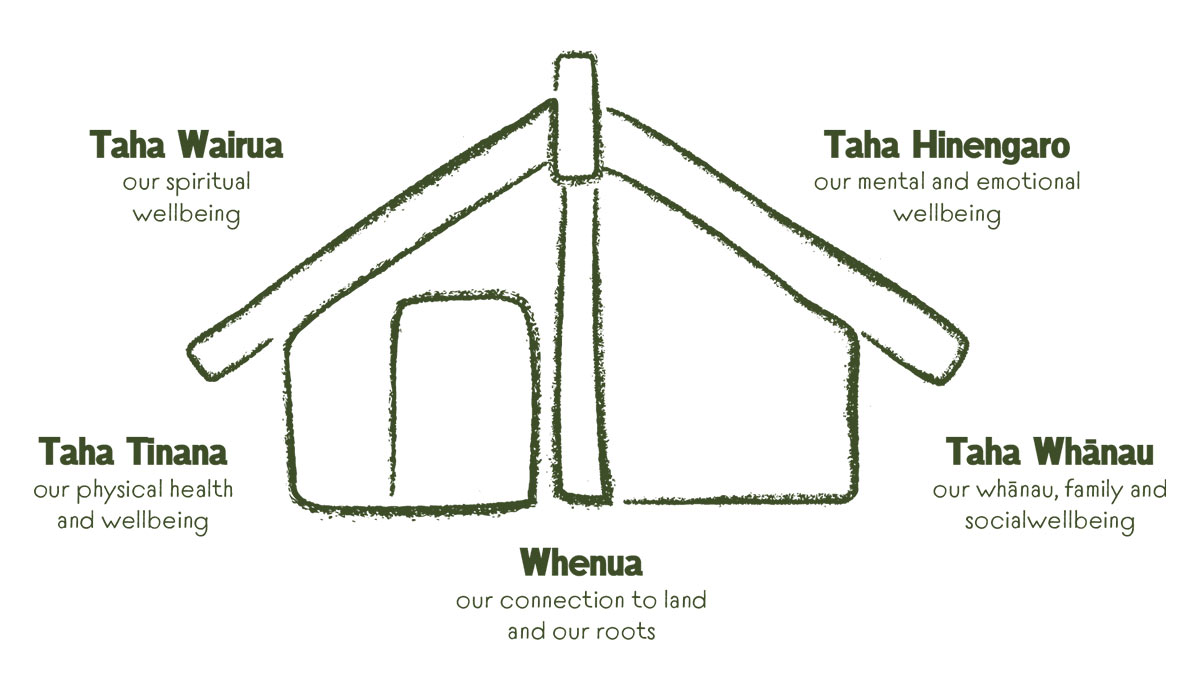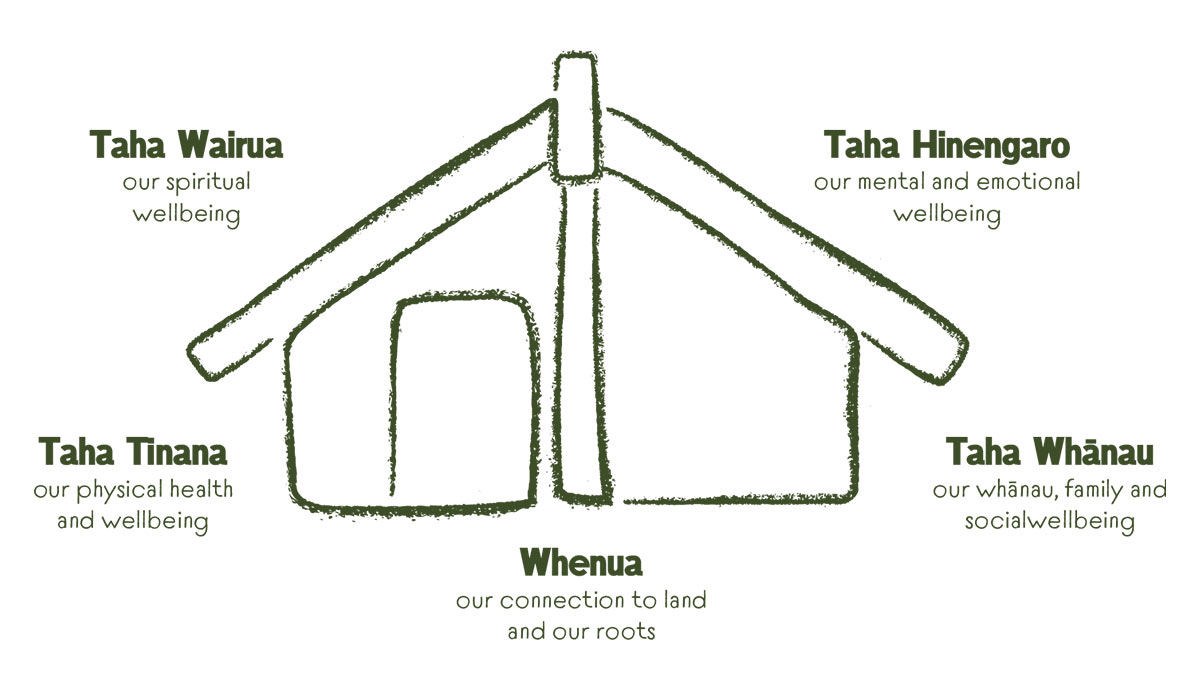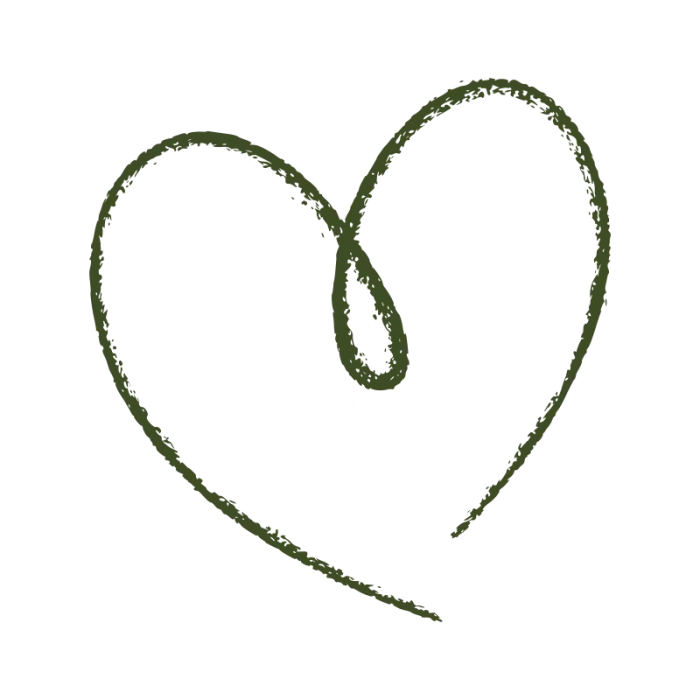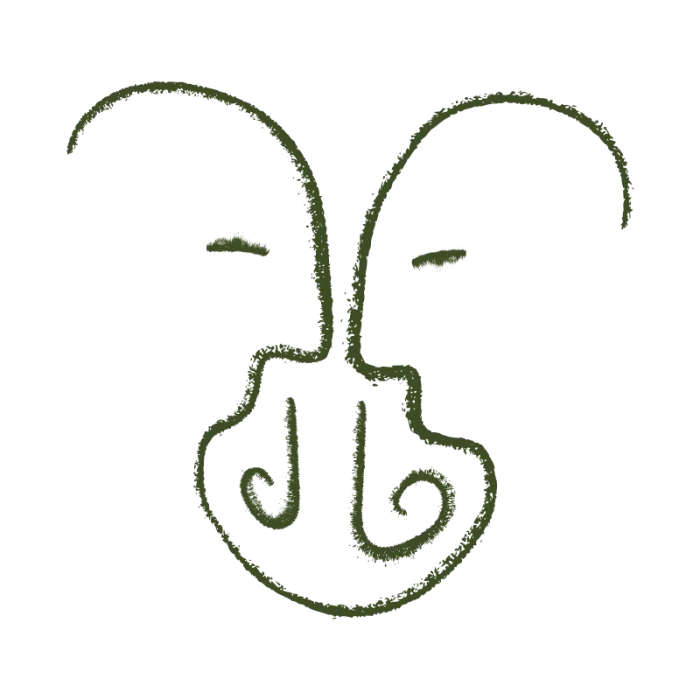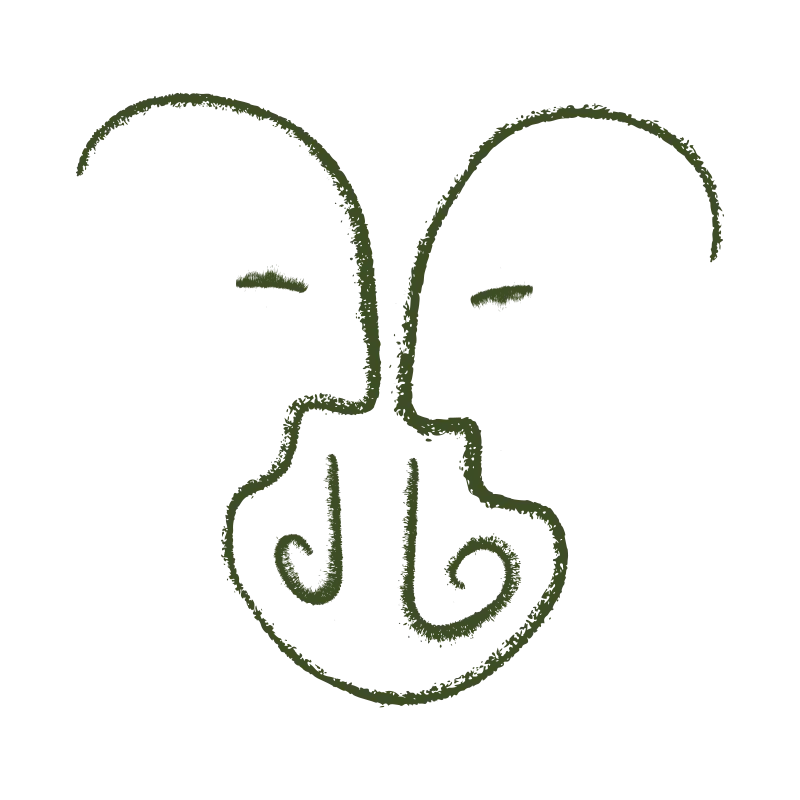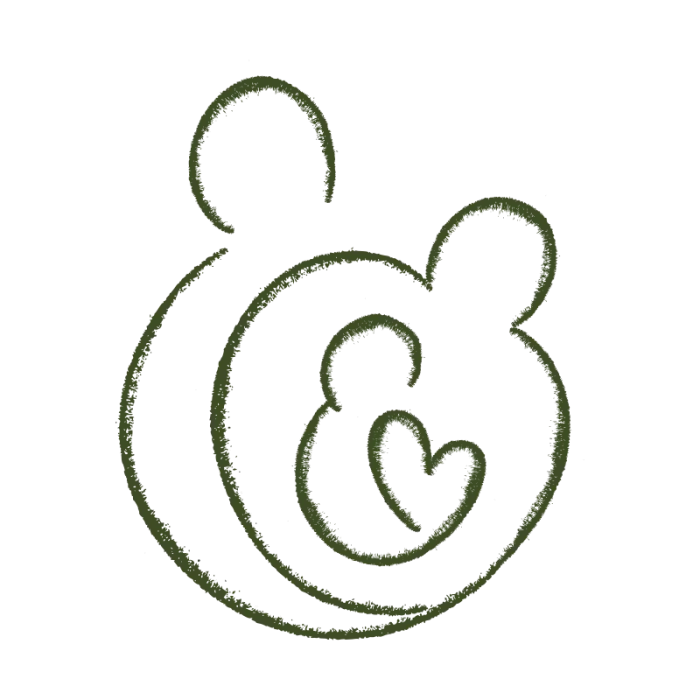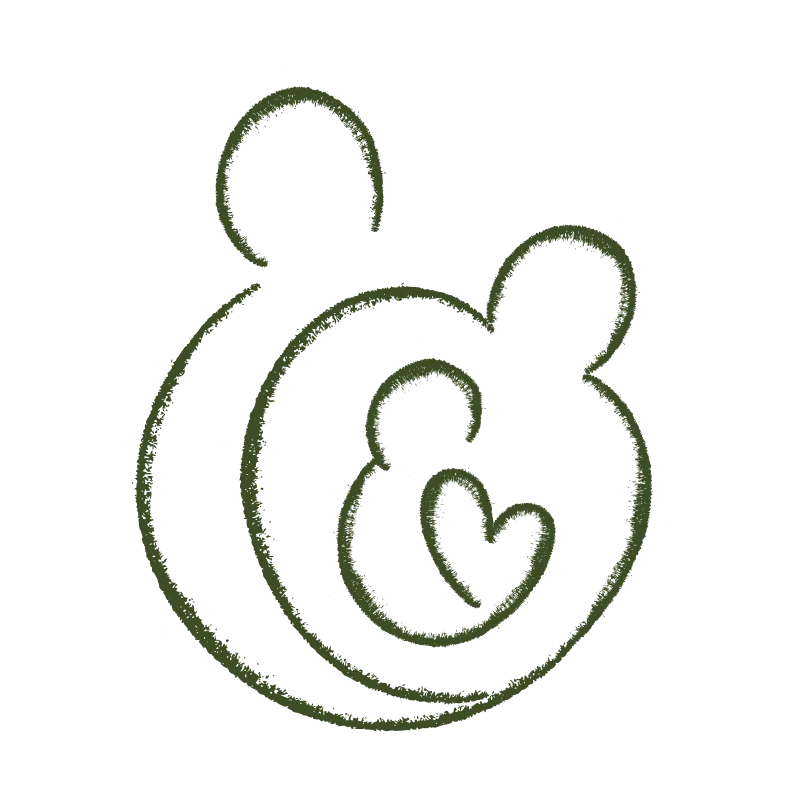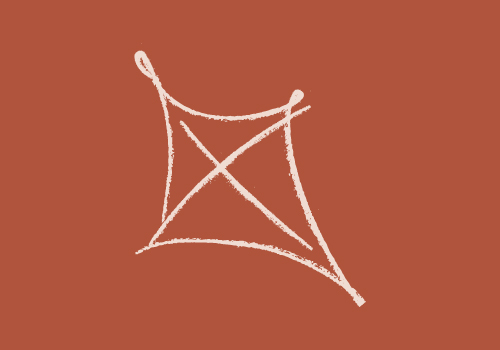
Models of wellbeing
Having a health model that’s meaningful to us is a great reference point and way we can check in with ourselves when things don’t feel balanced.
One definition of wellbeing regularly used is "feeling good and functioning well".
This is really helpful because it’s easy for us to understand, but also gives us a way to check in on ourselves – am I feeling good? And am I able to do the things I need to and said I would? It also gives us some context as to what contributes to our wellbeing – feeling good is about our internal processing, how we ‘feel’, and then functioning well is more external and how we are reacting to different environments, at home or work being two examples.
Many of our oranga (wellbeing) or hauora (health) models incorporate the same – internalised and externalised perspectives knowing that we have individual parts to us, but we’re also part of a wider network, such as whānau, and our environment. All these things contribute to how we feel and how we react. Here are some examples of health and oranga models:
Te Whare Tapa Whā
This model was developed as an indigenous model of health by Aotearoa psychiatrist Tā Mason Durie. It is a hauora model we use across Te Whatu Ora, schools and kura and as part of social service practices. The reason for this is that it’s holistic and makes sense across all of these environments. It’s incredibly easy to understand as it allows us to consider our hauora and oranga as a whare , a house, supported by 4 pou, and as part of whenua .
This gives a great visual and creative way to think about our hauora. Knowing we are made up of these 4 components, and whenua means we can better see what might be contributing to us feeling good and functioning well, or where we might need to pay more attention.
Fonofale
The Fonofale model was created by academic and nurse Fuimaono Karl Pulotu-Endemann, after much consultation with people from across many Pacific Islands. It is described as a model of health for pacific people.
Fonofale is represented by a fale, and is made up of 4 main parts.
- Fa’avae (family) – is the foundation
- Falealuga (cultural values and beliefs) – is the roof
- Pou (posts) – these connect culture and family, and are continuous and interact with each other:
- Spiritual
- Physical
- Mental
- Other – this can include the things that directly or indirectly affect our health such as our sexuality, gender, age and socio-economic status.
- The Cocoon – this surrounds the fale as our environment and includes:
- Time – the specific time in history that impacts on Pacific people.
- Environment – the relationships and uniqueness of Pacific people to their physical environment.
- Context – where, how, what and the meaning this has for Pacific people. This might include being island-born or Aotearoa-born, or island- or Aotearoa-raised. This may also include place of residence, legal, political and socio-economic influences too.
Fonofale is an incredibly thoughtful model in terms of health and means we can be quite specific about the direct impacts of our health and wellbeing, both positive or negative. But in this, it also gives us the answers of where we may want to spend more time or attention, especially as a Pacific person. Research consistently shows that having a strong connection to our culture and identity positively impacts our wellbeing.
PERMA Model
Dr. Martin Seligman is an American clinical and positive psychologist who has supported a shift in focus from mental illness to studying what is good and positive in life. He has developed the PERMA model consisting of five components that are highly motivating and support our wellbeing.
These 5 components are:
- Positive emotions
- These include far more than ‘happiness’ – joy, love, pride, compassion are just some other examples. To pursue these we can spend time with people we enjoy, take part in hobbies we love, go to places that inspire or calm us.
- Engagement
- This is described as being able to reach a flow state, where we lose track of time because we’re so caught up in what we’re doing. This can include taking part in the hobbies we love, playing sports or music, writing or learning new things that interest us.
- Relationships
- These are our positive relationships where we feel loved, valued and supported. This can include catching up with friends, making time to work more closely with colleagues we enjoy, and taking part in groups with values like ours.
- Meaning
- This is described as having a sense of purpose which in turn supports us to feel we belong. We might pursue meaning by getting behind a good cause, and volunteering our time to the people and things we care about.
- Accomplishments or achievements
- This is about us working towards goals that are meaningful for us. To do this we might celebrate small successes, work towards some bigger goals and reflect on our previous achievements too.
The 6 principles
The 6 principles can be applied across all kinds of contexts, including looking after our oranga.
Again, while the 6 Principles aren’t specifically a hauora model, they can guide our oranga journey and ask ourselves: what is there plenty of, and where might there be a gap? It can really help to already identify as someone who cares for their oranga. This then compels us to behave in this way.
Here’s some tips on how the 6 principles nurture and boost our oranga:
Love and warmth
Feeling connected to others is fundamental to our sense of belonging. Connect with people with similar interests, values, feel part of our whānau, or who we miss.
Talking and listening
A part of connection is kōrero. This may mean sharing ideas or important or personal information about us and of course listening when others share too. This kind of kōrero brings us closer.
Guidance and understanding
It can be exciting to discover the things that care for our oranga, because they’re often the same things that bring us joy! Make time to do these things and support others too. We might also approach someone who can provide advice and guidance to support our oranga, and also consider who it is we can lean on when things feel tough.
Limits and boundaries
Supporting our oranga means doing things that are enjoyable. If we get too ‘hooked’ they can end up feeling like they either take over, or like a real chore. The aim is to look for ways to support our wellbeing, a little and often.
Consistency and consequences
If we continue to care for our oranga and make some time to do this consistently, the consequence will be improved oranga as well as other positive outcomes too! - for example more able to concentrate, feeling fitter and healthier, having more friends. Use a diary to commit to some oranga time and track progress.
A structured and secure world
Pretty soon the consistent commitments we make to our oranga can become part of our routine. Just like we brush our teeth as part of our day, we might also be doing 10 minutes of meditation.
The 5 ways to wellbeing
While not specifically a hauora model, the 5 ways to wellbeing support a really simple way of caring for our mental health and wellbeing. The best news is that the five things are very simple, and free! The following Tākai article describes how we can connect with others, be active, take notice, learn and give to help us keep our wellbeing in balance.
